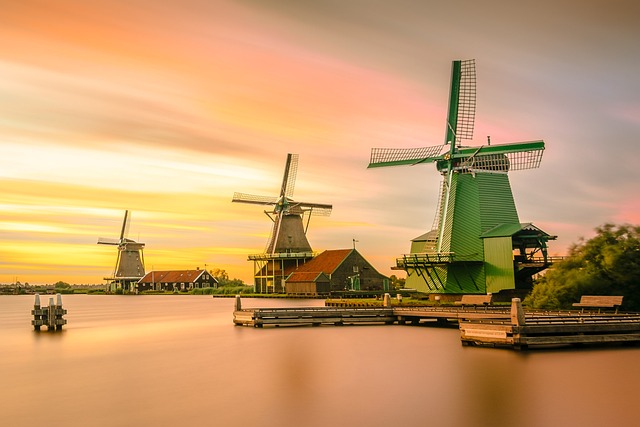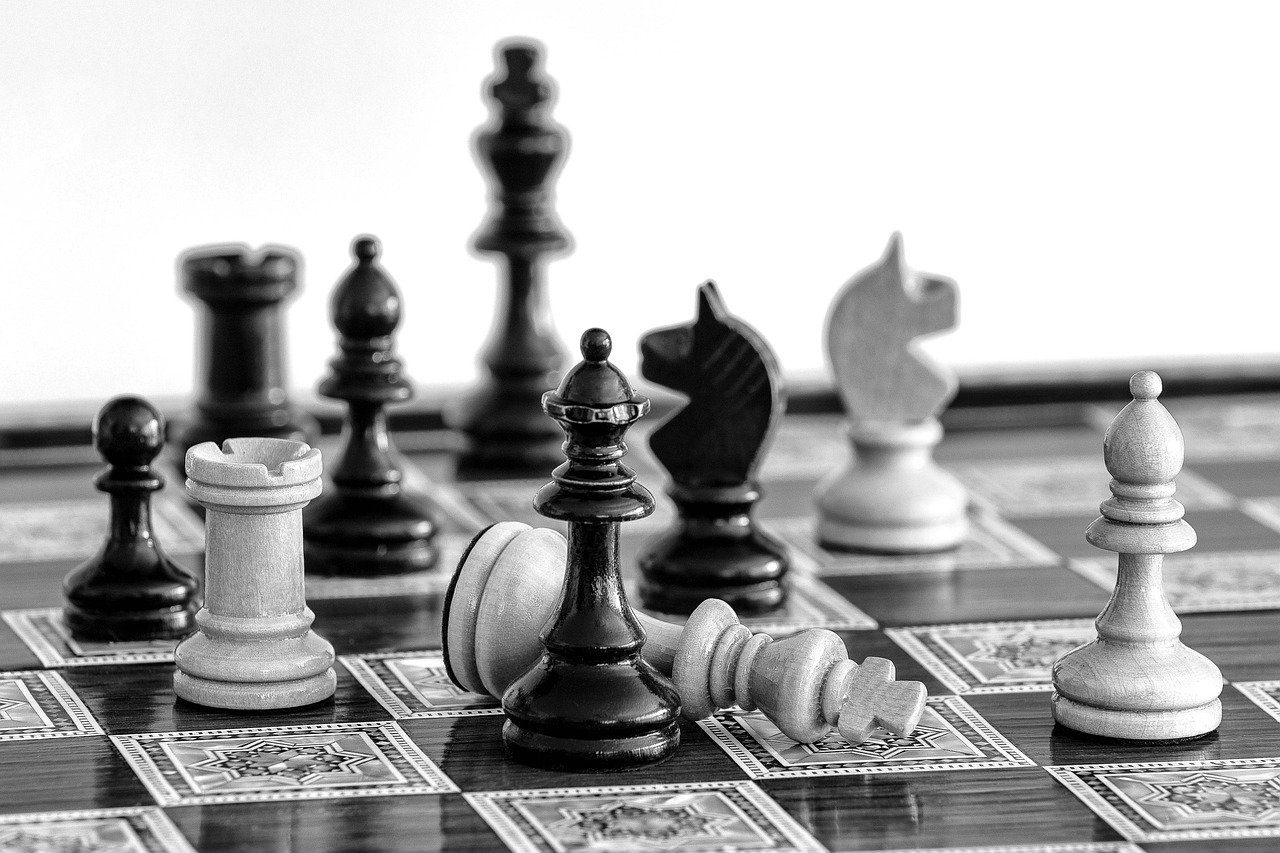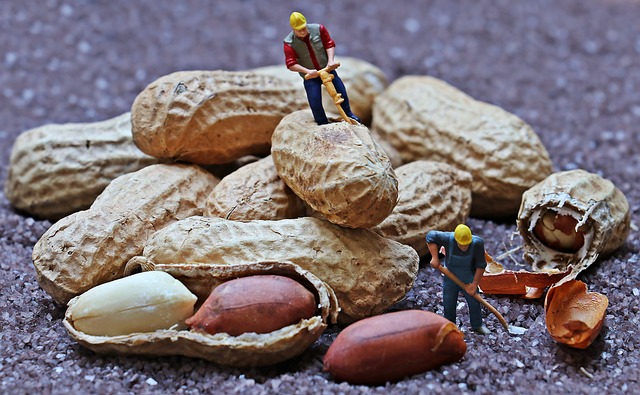Modern-day Iran sits on the ruins of some of the earliest and most-advanced civilizations in history, even if most of them remain largely forgotten. These kingdoms were responsible for many innovations we take for granted today – from the post office to windmills to the humble ice cream.
10. Refrigeration

Yakhchal was an ancient Persian refrigeration technology developed around 400 BC. It’s easily one of the earliest methods of refrigeration we know of, and it resembles modern refrigerators to a large extent, at least in its uses. Yakhchals were made with a large mud-brick dome above ground and were designed to store ice in the scorching desert climate of ancient Persia, often reaching heights of up to 60 feet.
Below the ground, spacious underground chambers were used for storing ice, food, and everything else that needed to be refrigerated. The key material used was a special mortar called s?rooj, made of sand, clay, egg whites, lime, goat hair, and ash, which provided effective insulation.
The cooling mechanism of these ancient refrigerators was based on evaporation, which cooled the air with evaporating water. During winters, ice was brought from nearby mountains and stored in these ice-pits, ensuring a constant supply throughout the year.
9. Windmills

Nashtifan – a village in northeastern Iran – is home to well-preserved examples of windmills that first cropped up across ancient Persia, also known as asbads. These towering structures, standing at about 65 feet tall and around 1,000 years old, were among the earliest windmills in history. They were made with clay, straw, and wood, and were primarily used to pump water and grind grain into flour.
Interestingly, this design vastly differs from the familiar European horizontal axis windmills, as they’re powered by drag rather than lift, with their wooden blades placed on a vertical axis. Currently, these ancient structures are under the protection of one Ali Muhammed Etebari – a local volunteer from a nearby village.
8. Chess

It’s difficult to say whether chess originated in Iran or India, though undoubtedly, ancient Persia still had a huge role to play in its popularity today. Some historical accounts mention the game as a classic contest between the Indians and Persians, mostly to show off their intelligence to the other.
Persian influence on the game can be seen in its terminology, and vice versa. Over the years, many words from chess, like ‘rukh’ – meaning rook – and ‘shah mat’ – or checkmate – have entered the Persian lexicon.
Some of the earliest surviving chess pieces have been discovered in northeastern Iran, and the same can’t be said for any other country. In a famous dig made near the city of Afrasiyab, archeologists found ivory chess pieces resembling Persian rukhs.
7. Battery

The ancient Baghdad or Parthian batteries were discovered near Baghdad during the construction of a new railway in 1936. They date back to the Parthian empire around 2,000 years ago – a powerful empire existing between 247 BC and 224 AD in what is now Iran.
These old batteries were made with clay jars and stoppers made of asphalt, with an iron rod surrounded by a copper cylinder. When filled with an electrolytic solution – like vinegar – the jars could produce a voltage of around 1.1 volts, though their exact purpose is still unknown.
While not all scientists agree on their specific function, one theory says that they were used for electroplating – an industrial process where one layer of a metal is applied to the surface of another metal, like silver or gold.
6. Miniatures

The art of Persian miniature painting emerged and flourished during the Mongol and Timurid periods from the 13th to 16th centuries, reaching its zenith around the 15th century. Additionally, Mongolian rulers that came to Iran brought Chinese influence and artisans with them, further adding to the unique Persian artistic tradition.
Miniatures were primarily used as illustrations, as they could make stories and plots feel more immersive. There was also a meddling of art and poetry during this time, as miniatures were the perfect medium for narrating the best poetic works from ancient Persia. Notable works in the field include miniatures derived from works like Ferdowsi and Nezami’s epic poems, Shahnameh and Khamsa, respectively. The development of Persian miniatures also gave rise to distinct schools with their own style and regional influences across Iran, like Shiraz, Tabriz, and Herat.
5. Ice Cream

To the best of our knowledge, ice cream is a popular dessert everywhere. We’re still not sure exactly who invented it first – as the journey goes through many empires and cultures – we know that the first form of the modern ice cream showed up in Persia some time around 500 BC.
The Persians developed something called bastani, which combined grape juice, fruit juice, and other sweet flavors to make something that resembles the ice cream we know. This early version was like a sorbet in appearance and taste, and used to be so expensive that it was considered a luxury. The invention of the above-mentioned Yakhchals ensured that the dessert stayed cold for long periods of time, allowing for experimentation and more varied types of ancient-Iranian ice creams.
4. Qanat

The qanat system was an ancient method of water harvesting that originated in Persia, some time around 2,500 or 3,000 years ago. The technique was so successful that old qanats could still be found in regions ruled by ancient Iranians, primarily in Iran and Afghanistan. In Iran alone, there are estimated to be around 50,000 qanats spread across its arid regions. Sadly, many of them have fallen into disrepair or dried up due to factors like silt sedimentation, urban migration, and decline in expert knowledge to manage them.
Qanats are mainly used in irrigation. The most common design involves a network of underground canals that harness water from mountainous aquifers, which is then transported downhill through sloping tunnels to fields and other areas that need irrigation. The technology is known by different names in various regions, including falaj, khettara, foggara, and karez.
3. Academic Medicine

The concept of hospitals that are also medical schools is common around the world today, though most people forget its true origins. The ancient city of Gondishapur in Persia played a crucial role in the development of academic medicine, as it invited medical scholars from around the world – from Greeks to Indians to Syriacs – to come and practice their craft in the city. This congregation of ancient knowledge from different civilizations led to the birth of teaching hospitals, medical schools, and academic medicine.
Under the Sasanian empire between 226 to 652 AD, Gondishapur became known as the ‘city of Hippocrates’. The city’s academy offered training in various disciplines other than medicine, like philosophy, theology, and science. Scholars from different civilizations studied there, as they translated and practiced texts from ancient Indian, Syriac, and Greco-Roman sources. This was where medical education moved to a system where medical students worked and learned under the supervision of other, more-experienced experts.
2. Mail

The British Empire is often credited as the first civilization to have a functioning postal service, though in reality, it’s not even close. Between 550 and 330 AD, the Achaemenid Persian empire established an extensive postal network that spanned their vast empire, stretching from Greece in the west to India in the east. The centerpiece of this system was the renowned Royal Road – a 1,500-mile highway connecting Sardis in Asia Minor to the Persian capital at Susa.
This road allowed the Persians to establish one of the world’s first postal systems we know of, with efficient mail delivery carried out by expert horsemen. The Royal Road was an engineering marvel in itself, being the first and longest road of its kind in history, even surpassing many modern interstate highways in length.
Messages were relayed from one courier to another regardless of weather conditions. This network played a crucial role in gathering intelligence throughout the empire, and was largely used for administrative purposes, like issuing decrees and maintaining adminstrative control over the vast Persian territories.
1. Human Rights
Written in 539 BC, the Cyrus Cylinder was a treatise of peace named after one of the great emperors of Persia – Cyrus the Great. It contained what many historians agree was the first declaration of human rights by an organized state in history.
The cylinder, discovered in Babylon in modern-day Iraq in 1879, details King Cyrus’s conquest of Babylon and the subsequent advancements in civilization and science across his empire. It declared freedom for the slaves and immunity from persecution for the entire Jewish population, along with a charter on equal treatment of all races living within the cities. These principles inspired subsequent declarations of individual rights in history, including the Magna Carta, the US Constitution, and the French Declaration of the Rights of Man and Citizen.